-
Posts
211 -
Joined
-
Last visited
-
Days Won
2
Posts posted by G2R
-
-
Thanks so much for all the helpful hints. I've printed your reply and stuck it the folder for future reference! Thanks again.
-
 1
1
-
-
Hello,
I have to file a simple DC return this year for my one client that lives & works in DC. I've inputted the W-2 info into ATX and I notice the wages pushed to the D-40 is the federal wage amount, not the DC wages listed at the bottom of the W-2. The instructions say to do this as well, I'm just curious how the DC wages on the W-2 were even calculated?
Also, ATX is saying I have to attached a copy of the federal return. I assume this is only for a paper, and that I don't have to separately attach a PDF of the federal return for the e-file. Please confirm.
Thanks!
-
1 hour ago, MlauberCPA said:
Form 7203 doesn’t have any input fields or am I not looking in the right place. ATX has the form but earlier in the year I had to complete it externally and upload a PDF. Is it now a functional form? Need to know ASAP for 10/17 filing. Thanks
 .
.
Input field is at the bottom of the K-1 input under the Basis Limitation section. It still needs to be attached as a PDF before efiling.
-
On 3/28/2019 at 7:23 PM, Abby Normal said:
You will need more than one bulk sale because you can't mix 1245 and 1250 assets, and land has to be sold separately, so you'll need to allocate sales proceeds and selling costs.
I'm reporting a sale like this now and just want to confirm my method. I have created a spreadsheet that breaks down the 1250 vs. 1245 vs Land, further breaking them down into Long-Term and Short-Term assets. I then did bulk sales for each of these sub-asset accounts in ATX.
I divvied out the Sale price and selling expenses based on the cost basis percentage. ie if land cost was $20k and the building were $80k, land would get 20% of the sale price and selling expenses. Building would get 80%.
Lastly the unamortized Refi Costs are immediately deducted on the Sch E current year activity.
Here's what the 4797 look like:
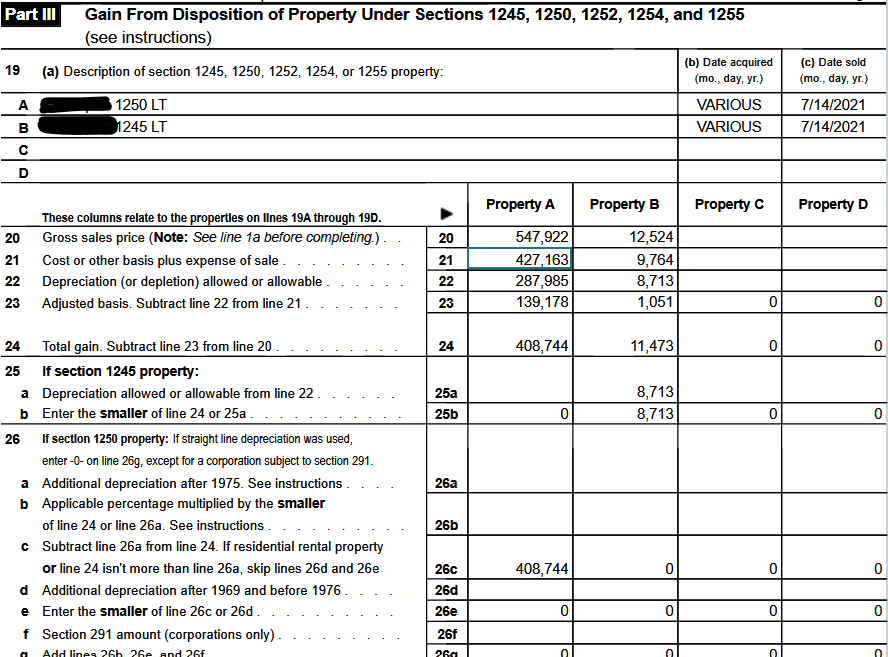
I think I've got this right, but ATX is a bit daunting it how it requires this data entry so I just want to double check my work. Is this how ATX data entry should be done in this situation?
-
19 hours ago, Catherine said:
And this underscores how important it is to read the actual trust documents, because what we are told is often only loosely related to the truth.
I completely agree. I apologize for leaving it out, but honestly, didn't even know what power of appointment was till it the lawyer explained it to me.
13 hours ago, Sara EA said:The trust doc provided more info than the original post--lesson learned that we must see it! Still confusing though. If the wife had power of appointment, she could do whatever she wanted with the assets, yet the trust doc said she could only withdraw up to 7% principal each year.
I too found this confusing and contradictory. I asked the lawyer about this and he said, during her lifetime, the 7% clause was in effect, however the power of appointment language in the trust says that upon her death, she can will the properties to whomever she wanted. This language effectively transfers the ownership of the properties (for estate purposes) to her. Meaning it's includable in her estate and qualifies for stepped up basis because she is legal owner, not the husband's trust.
It's an interesting situation that I learned a great deal from.
Again, thank you everyone for your comments. I hope this thread helps others in the future.
-
 3
3
-
-
14 hours ago, Sara EA said:
Are you actually filing a 706? The wife would have to have $12 million in assets to necessitate one.
Luckily no.
14 hours ago, Sara EA said:None of this goes in the wife's estate because she did not own the assets, the trust did. This is an irrevocable trust that gives her the right to income (I think, not clear from the info given) and a limited amount of principal.
Here's an update for anyone that comes across this in the future. Spoke to the lawyer, they pointed me to the section of the trust that showed the wife had power of appointment for the properties. For estate tax purposes, this means she is the owner of the properties so they must be included in her estate regardless of the deed because at any point in time, she had the power to transfer the properties into her name.
14 hours ago, Sara EA said:The 1041 will have three beneficiaries--the wife's share of income received before death and the two children's share of income each received after her death.
The lawyer confirmed this as well. Thank you @Sara EA!
So in conclusion:
- For tax filing purposes, the deed in the husband's trust name meant a 1041 for the husband's trust was required each year. If the properties had been transferred to the wife's name, the trust would be dissolved.
- For estate tax purposes, the properties are includable in the wife's estate because of the power of appointment clause in the husband's trust.
Thank you everyone for all your help and insight. I really, really appreciate it!
-
 2
2
-
27 minutes ago, Catherine said:
Sounds like the trust should have been divided into two upon wife's death, one share for each child. You mean a K-1 for the wife for income from Jan 1 till DOD and 2 K-1s for the two kids for income from DOD to Dec 31st right?
It clearly states upon wife's death it all goes to the two kids. Her estate should get no income after her death (may have short-year beneficiaries there). Agreed, no further income after the DOD, but the estate should include the properties stepped up basis in the assets for the 706 correct?
-
2 hours ago, jklcpa said:
Need some clarification about exactly what the trust document says concerning the wife and when the assets of the trust are to be distributed.
- Does it say that the children only become beneficiaries if the wife should predecease the grantor? No. It specifically says, "Upon the death of my wife, the balance of the trust estate shall be divided into equal shares for each child."
- Does it say that the assets should belong to the wife and should be distributed as part of the settling of deceased husband's estate? "upon my death, wife shall have the non-cumulative right to withdraw up to 7% of the principal of the trust each year." I take this to mean husband said wife could take up to 7% each year if she wanted it. These rentals are the last assets remaining in the trust.
- Does it say that the rental is held in trust for the wife's benefit during her lifetime with her receiving benefit of the income or corpus, and then it passes to the children at her death? Not that I could find anywhere. At the time of his death, there were many investment properties. Wife sold many of them over the years and these rentals the the last remaining properties.
- Something else?
-
Husband set up a revocable trust with rental property in it. He died long ago and the trust became irrevocable. Wife was the sole beneficiary & trustee. She dies last year. Property is still in trust name and a trust return for the husband's trust has been filed every year to present. Trust docs say that if wife dies, then their 2 children are the beneficiaries.
Does the transition from revocable to irrevocable status eliminate the secondary beneficiaries and property is now own by the wife's estate upon her death (regardless of the deed still listing the husband's trust), or is the irrevocable trust still alive and the 2 children are now beneficiaries and should receive K-1s until the property is transferred to their names?
Note: the 2 children are also the beneficiaries of the wife's estate.
Given the wife's estate must include these properties in her estate tax return, it seems logical that option #1 is the answer, but the property still being in the husband's trust name is tripping me up.
And if it's #2, I don't see how ATX let's me split the income to the now 3 different beneficiaries without overriding. It only allows percentages. TIA!
-
14 hours ago, Catherine said:
Yes, Gail has it right. You are successor trustee; your POA expired as of the date of her death. And my sympathies that your grandmother passed away. Plus for the paperwork mess you are left to deal with.
Thank you Catherine. I appreciate that.
-
 1
1
-
-
48 minutes ago, Gail in Virginia said:
My opinion would be that you sign as the successor trustee. You are not her POA any longer because of her death, she can't currently sign for the same reason so even if you were still POA you can't do something that she would not be able to do, and you can't back date them to a date when she was still alive and you were still her POA. But that is just my opinion and I am not a lawyer.
Thank you @Gail in Virginia -- that makes a lot of sense.
-
 1
1
-
-
My grandmother passed away last year. I was named the executor of her estate. Because of COVID , she wasn't able to see anyone to get her tax returns filed for 2019 to present, including a trust that she is/was the trustee. I now have to file those back years on her behalf, including the trust return.
My question is, do I file them and list her name as the trustee and sign POA (of which I was at the time). Or do I list myself as the trustee since I'm now the current trustee, regardless of not being the trustee during the 2019 or 2020 years? TIA!
-
1 hour ago, cbslee said:
Assuming that you are using ATX, I would try reloading the forms for this return.
Yes, ATX.
As in delete the form and reinstall these forms? If so, that's more daunting a task that usual given the K2 data doesn't autofill to K3 for each shareholder.

-
 1
1
-
-
I just went to file my client's return and this new error is popping up on the Checks. I just checked this return on Friday and I don't recall seeing this error message.
 I really do NOT want to paper file this return. I'm tempted to just add the K-3s as PDFs and still efile. Any suggestions?
I really do NOT want to paper file this return. I'm tempted to just add the K-3s as PDFs and still efile. Any suggestions?
The ATX help site says to attached as a PDF... https://support.cch.com/kb/solution/000139480/000139480
-
Well, it's not good news. I found the ATX instructions for these forms. Not what I was hoping to read. Posting here for anyone who might in the future be looking for a better solution.
-
 1
1
-
-
My one client that has international activity....

I've entered the data into ATX, including the international activity on the K-2 . Unfortunately the K-3 is still blank. None of the K-2 info is populating on the K-3 and there's only one K-3 even listed. (Unlike the K-1 where I can toggle between each shareholder's K-1 schedule.) There are 4 shareholders so I assumed 4 K-3s would generate to be included with the K-1 data.
Is there a button I must select for the K-2 data to generate the K-3 numbers based on Shareholder ownership?
-
2 hours ago, Lynn EA USTCP in Louisiana said:
I have entered the start up costs as an 'other expense' and then amortized the amount that exceeds the $5,000.
2 hours ago, grandmabee said:Yes, You enter them as expense then amortize the balance. I think the instructions say enter them in the expense they go to IE: office supplies, advertising. etc.
This is what I ended up doing. Thanks for the replies everyone.
2 hours ago, jklcpa said:Have you tried entering the IRC section in the box just above the serial number area?
Or possibly there is a different entry required for "method" and "convention"? Sorry, no longer use ATX so just guessing it is something simple on that screen.
Yes, I tried this. It didn't change anything. Thanks for your input.
-
-
2 hours ago, BulldogTom said:
OP says there is no cash to pay SH #4. I think the other shareholders need to put some cash back in the company so it can be distributed to SH #4. SH #1-3 can loan the company the cash (with a note, interest, payment schedule) to make the distribution to SH #4 if that is how they want to go about it, but SH #4 needs to be caught up quickly.
Unfortunately this isn't going to happen. Bitter infighting amongst the SHs. Long, sad story. But thanks for the suggestion.
16 hours ago, DANRVAN said:Looks like I misunderstood. So what you are proposing is a distribution payable by a note to shareholder #4?
I don't believe you can call it a distribution until the shareholder is actually paid cash.
This is what I was hoping wasn't the case. I didn't realize an actual cash transfer was a requirement. Thank you for your insight @DANRVAN.
-
 2
2
-
-
1 hour ago, cbslee said:
There are a number of articles online about this issue, but this one should be helpful:
https://www.withum.com/resources/can-an-s-corporation-make-disproportionate-distributions/
What a great read. Thank you @cbslee. I appreciate it! I found a number of articles regarding the uneven distribution discussions and definitely gained a tweak perspective on them. The loan idea came about for two reasons.
- The left out SH would earn something on the cash he wasn't given like the rest.
- The amount of time that uneven distributions existed would be shortened.
That's why I'm hoping it's not a violation of any existing rules. So far, I haven't found anything that says it is.
-
1120S has four shareholders. All were also officers of the company. Reasonable compensation was paid to all four.
Three of the shareholders took it upon themselves to take large distributions in the previous year leaving one of the shareholders out. I've let them know this violates the S-corp rules and puts the S-corp status in jeopardy.
The company currently doesn't have any remaining cash to pay the 4th SH his distribution. Can they draft a loan agreement between the company and the SH, with proper interest, for the distribution that should have occurred?
And if so, can the distribution be recorded at the time the loan is drafted?
-
This is how mine flows thru. Hope it helps. Keep in mind, in my example below, the expenses paid for by PPP loan funds were expensed in 2020, while the forgiveness was given in 2021 so line 3 of the M-2 AAA column includes this fact. In my example the PPP amount was $3250.
Also, to answer your question, I do not have K-1, box 12 data related to PPP.
K-1 Basis stmt:
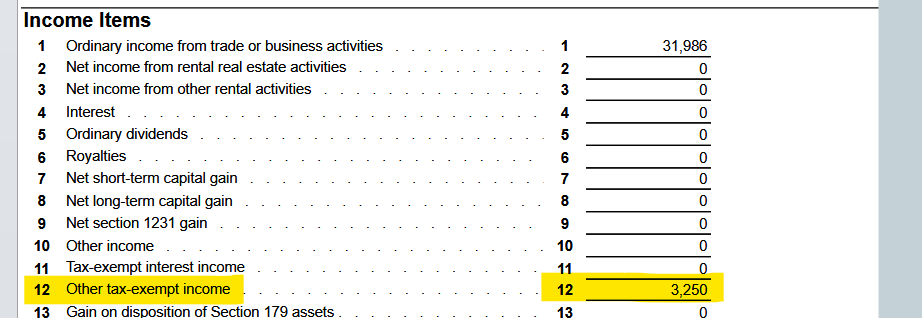
M-2: see below for how I entered these data points.
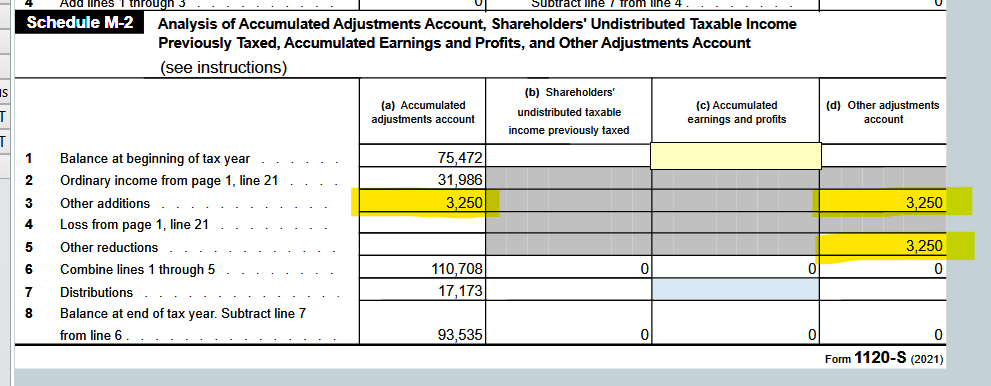
To get M-2 to populate:
K-1:
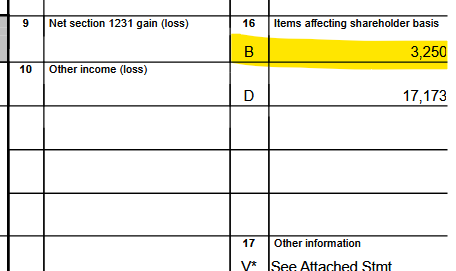
-
I've been using TaxDome which is an entire online portal that offers e-signature with KBA ($1/signer), and so far it's been a breeze and my clients haven't had any real issues. It offers the audit trail download too. I haven't even begun to use the pipelines yet, but many have said they made a huge difference in the office workflow. Summer project for me is learning them.
On 3/28/2022 at 1:26 PM, Abby Normal said:I had an app on my phone that taking a photo of a document converts it to a very nice PDF. I just tried it out and later uninstalled because I have a scanner. It may have been recommended on this forum, but searching will surely find several such apps.
I use CamScanner. It takes the picture and converts it into a VERY CLEAR digital copy and offers PDF, JPEG, etc.
-
 1
1
-
-
4 minutes ago, Medlin Software said:
Employer has no obligation to handle domicile, only nexus. Maybe the NY liability is more than NJ, and if a credit towards NJ is allowed, then there is no NJ liability. It could be if the 125 is salary reduction, it may need to be included in NJ taxable.
Yes, I have to add back the pre tax items the NJ doesn't allow to be excluded from taxable wages. Some of those items that need to be added back are EE paid health insurance premiums, vision, dental, etc. I'm looking to confirm that when I add those items back to wages for NJ purposes only, they are also now eligible items for medical deduction on line 31 of the NJ-1040.


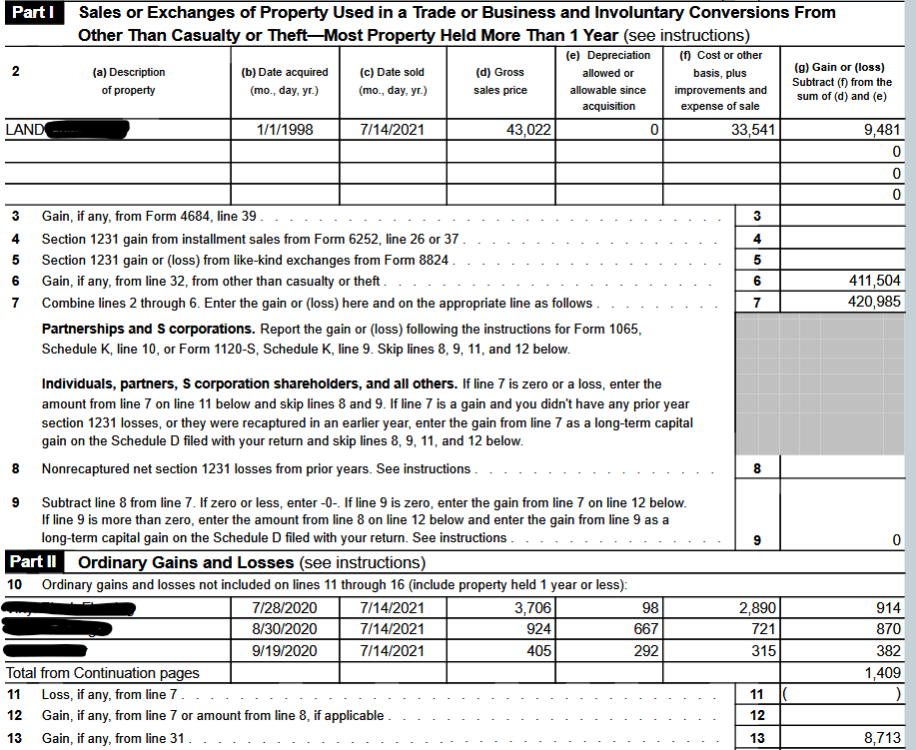
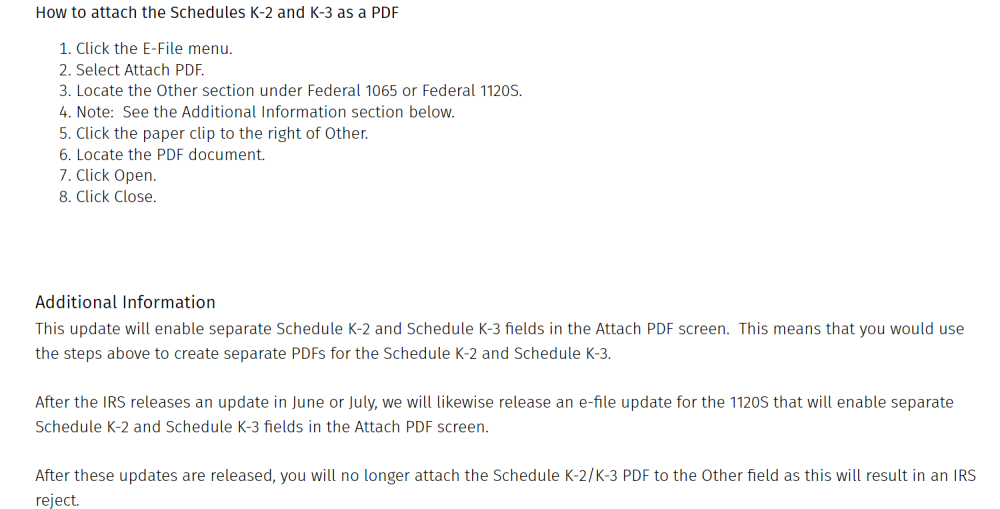
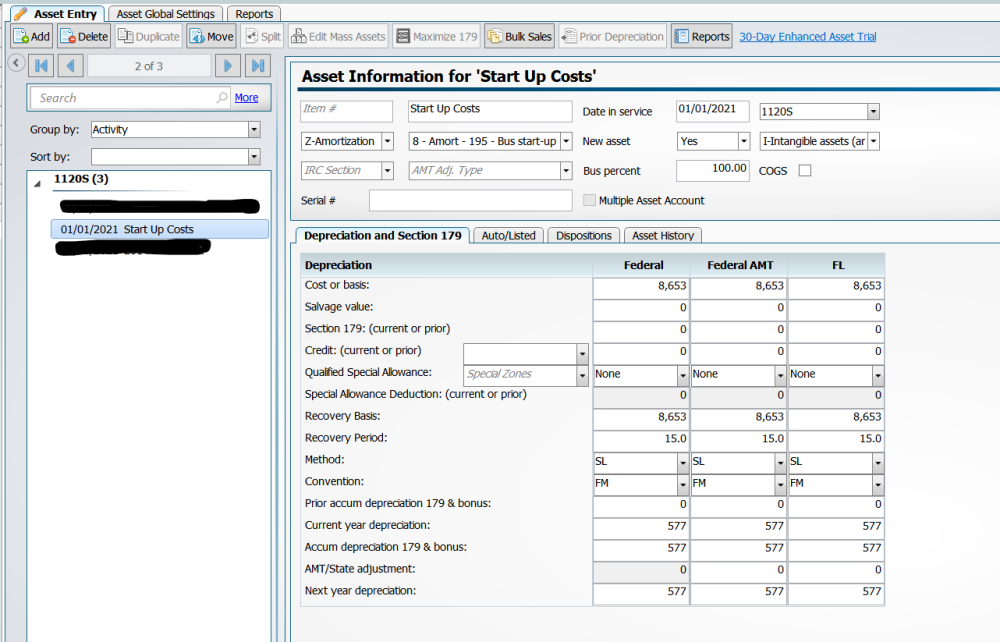
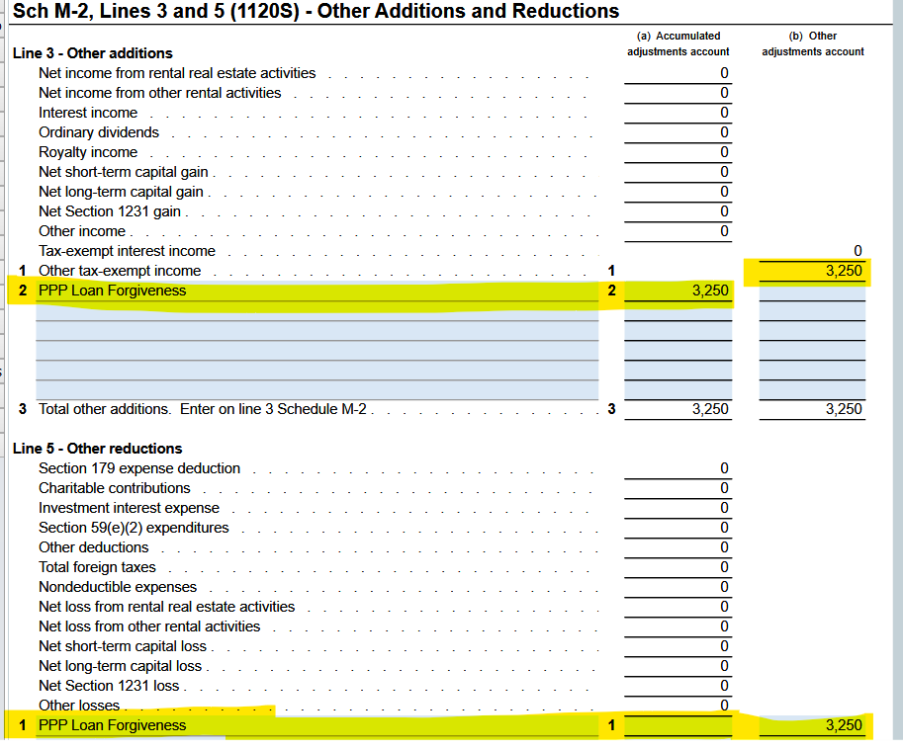
Grantor Trust, Unrecaptured 1250 Gain
in General Chat
Posted
Grantor trust sold rental property. There's approx. $40k in unrecaptured 1250 gains. I cannot figure out how to get ATX to push this gain to the 1041 Grantor Trust information. Not sure if it has something to do with it, but ATX says I must delete the Sch D before I can efile.
Since this is an information only return, should I just add the gain on the notes section of the 1041 Grantor Trust information sheet?